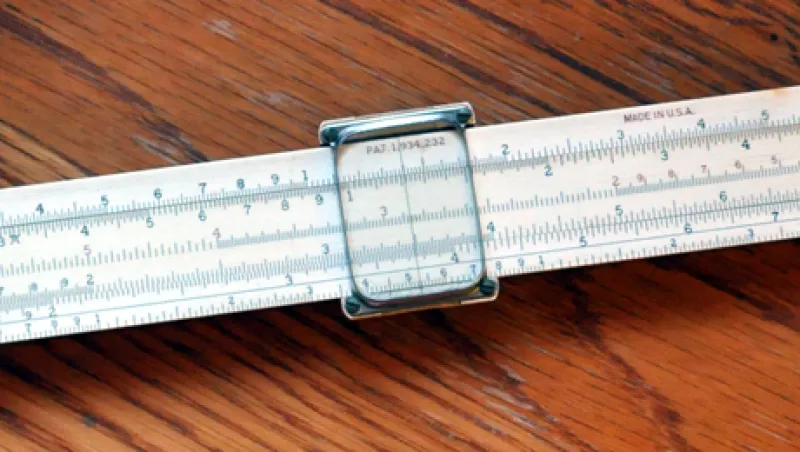Money managers could have a new item on their wish list if a valuation tool that is the subject of a new research paper lives up to its billing. The tool, known as warranted multiples, represents a new way of adjusting accounting ratios for fundamental drivers of risk, profitability and growth. Surely investors would welcome an additional tool to identify mispricing of assets based on conventional measures.
That is what authors Jiyoun An, Sanjeev Bhorjaj and David Ng of Cornell University have produced via their research paper, “Warranted Multiples and Future Returns,” which hones a methodology that merges accounting ratios and fundamental performance data.
Think of warranted multiples as synthetic ratios that display unique variations in growth, profitability and cost of capital. Genuine peers have similar warranted multiples, as you’d expect. Subtracting warranted multiples from accounting multiples yields excess multiples. In the next one to three years, firms with low excess multiples today will record higher stock returns than firms with high excess multiples, if history is any indication.
A warranted PE, to take one ratio, comprises industry average PE, forecast earnings growth rate, leverage, and research and development as a ratio of sales — a ratio more robust than PE alone. As a window on calculations, compare warranted and excess PE ratios for Microsoft and Oracle, based on average current PE, a forecast growth rate using IBES data for December 2012 and December 2013, leverage equal to debt/equity, and R&D as a percent of sales.
For MSFT last December 15, the current PE was 9.34 and its warranted PE was 12.47. The difference between them, the excess multiple, was -3.13. The result implied undervaluation. Oracle signals the opposite conclusion. Subtracting its warranted PE of 12.42 from the current PE of 16.59 yields an excess multiple of 4.17, a sign of overvaluation.
Differences in performance are statistically and economically significant and won’t show up using other market risk analysis, including the capital asset pricing model, according to the authors. Says Ng, “What we find is that if we use excess multiple instead of accounting multiple to sort stocks, we get better predictability for subsequent stock returns.”
The findings confirm earlier research showing that multiples based on accounting alone yields misleading results. But the Cornell trio widened their research to test implications for a broader array of measures, including enterprise value to sales, price to book, price to earnings, and price to two-year-ahead forecast earnings.
Will the authors’ expectations pan out? If the future comports with historical evidence, probably. If Mr. Market takes an unexpected turn, then maybe not. But as far as tools for peering ahead at many stocks, in the absence of a crystal ball, warranted multiples might warrant a close look.






